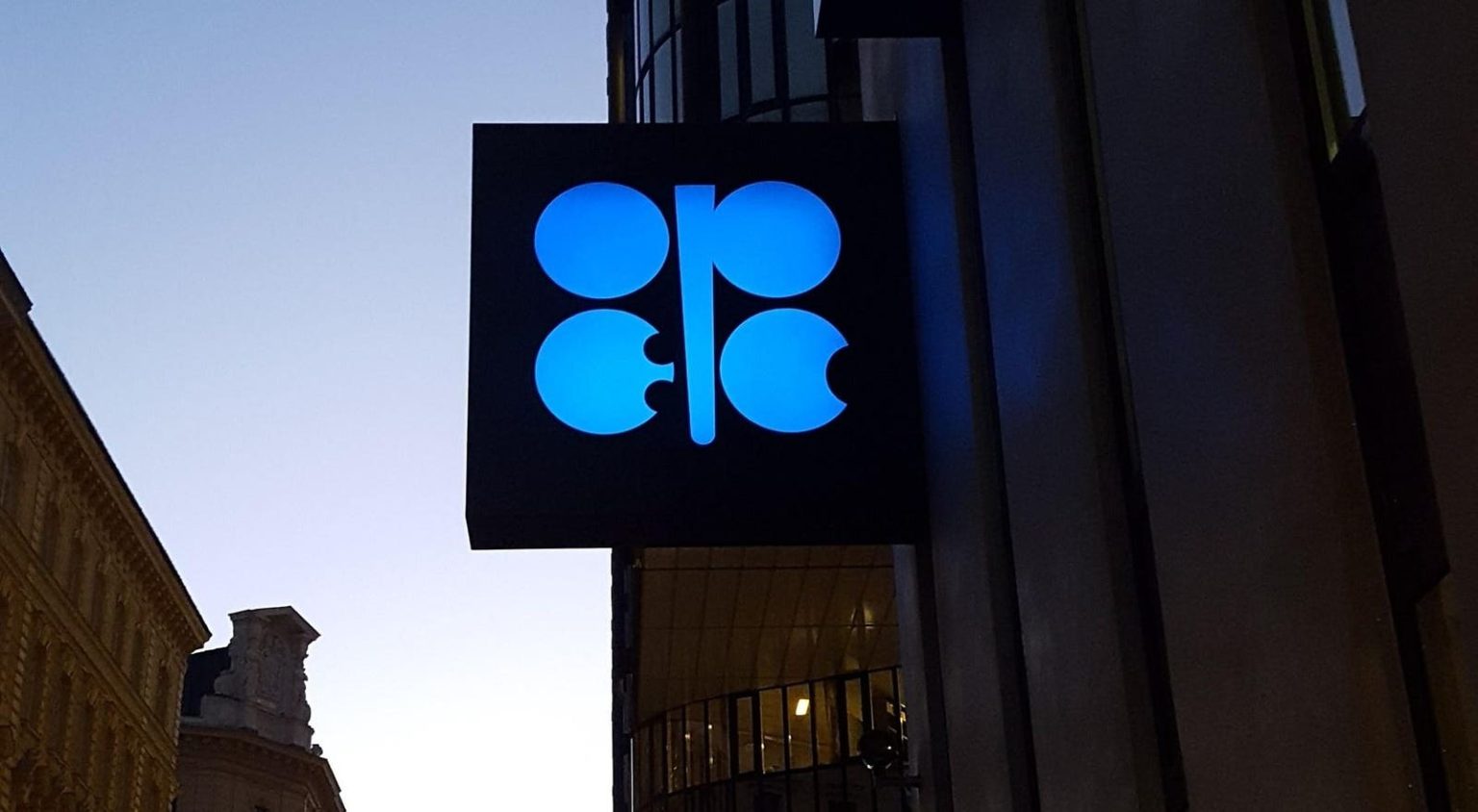Oil prices are currently facing significant downward pressure due to a combination of high interest rates, a robust dollar, and a surge in U.S. oil production. These factors have prompted the Organization of the Petroleum Exporting Countries (OPEC) and its allies within the OPEC+ group to consider extending production cuts during their upcoming meeting in early December 2024. As the oil market grapples with these challenges, producers are concerned about maintaining price stability amidst a backdrop of weak global manufacturing and lukewarm economic growth.
In recent weeks, uncertainties surrounding the U.S. presidential election have added to the volatility of crude oil prices, with many anticipating that a potential second Trump administration could lead to an escalation of U.S. oil production. The market’s expectations for heightened production are particularly alarming given that U.S. oil output has already reached record levels in 2024. Should supply increase further, the persistent high interest rates and strong dollar would undermine any potential for price recovery, necessitating improved global growth conditions to support higher oil prices.
OPEC has often been referred to as the “central bank of oil” due to its role in stabilizing prices by managing production levels to ensure profitability while preventing excessive price rises that might stimulate alternative energy sources. To cope with the current economic climate, OPEC has collaborated with a number of other oil-producing nations in the OPEC+ framework since the Declaration of Cooperation was made in December 2016. Their cooperative efforts were especially critical during the COVID-19 pandemic as they sought to stabilize the market.
Recent voluntary production cuts announced by OPEC and OPEC+—specifically in April 2023 and November 2023—are set to phase out over the next couple of years. The cuts from April have already been extended until December 2025, while the later cuts are scheduled for gradual winding down between October 2024 and September 2025. OPEC+ may need to reconsider and potentially prolong these production cuts if they wish to effectively bolster oil prices in light of ongoing market pressures.
Looking forward to 2025 and 2026, economic analysts from Prestige Economics predict an optimistic shift in oil prices as high interest rates and a strong dollar may decline, hopefully lifting crude prices from their current lows. The expected downturn in these economic factors could provide the much-anticipated support necessary for a rebound in oil prices. As these trends are anticipated, the actions of OPEC and OPEC+ during their forthcoming meeting will likely play a pivotal role in determining the trajectory of oil pricing and the overall health of the global oil market.
In conclusion, the dynamics influencing oil prices are multi-faceted, with external economic conditions intertwined with production strategies from OPEC and emerging factors from the U.S. energy landscape. As countries navigate the intersection of policy, economic indicators, and market responses, the future of oil prices remains uncertain yet holds potential for recovery as the dust settles from recent elections and monetary shifts take effect. Stakeholders in the market are eager to see if OPEC+ will take decisive action in December to mitigate risks and stabilize prices in a challenging environment.

